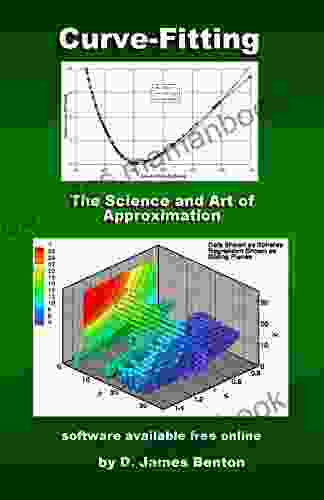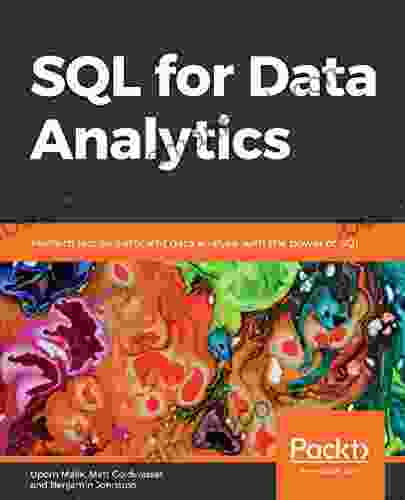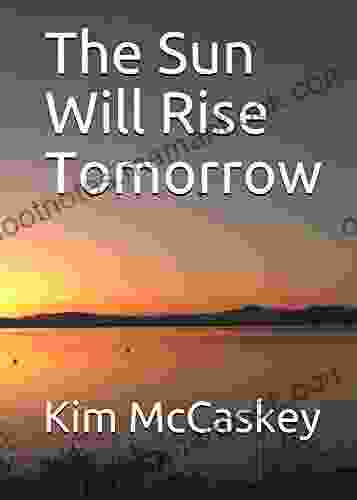Curve Fitting: The Science and Art of Approximation

Curve fitting is a powerful tool used in science and engineering to approximate complex data with simpler mathematical functions. This process involves finding a mathematical equation that best represents a set of data points, allowing for predictions and insights to be made.
In this article, we will explore the science and art of curve fitting, providing a comprehensive guide to its methods, applications, and challenges.
4.4 out of 5
| Language | : | English |
| Text-to-Speech | : | Enabled |
| Enhanced typesetting | : | Enabled |
| Lending | : | Enabled |
| File size | : | 5380 KB |
| Screen Reader | : | Supported |
| Print length | : | 118 pages |
## Methods of Curve Fitting
There are numerous methods of curve fitting, each with its own strengths and weaknesses. Some of the most common methods include:
### Linear Regression
Linear regression is a simple but effective method for fitting a straight line to a set of data points. It involves finding the equation of the line that best minimizes the sum of the squared distances between the data points and the line.
### Polynomial Regression
Polynomial regression is an extension of linear regression that allows for curves of higher degrees to be fitted to data. It involves finding the equation of the polynomial that best minimizes the sum of the squared distances between the data points and the polynomial.
### Exponential Regression
Exponential regression is used to fit exponential curves to data. It involves finding the equation of the exponential function that best minimizes the sum of the squared distances between the data points and the exponential function.
### Logarithmic Regression
Logarithmic regression is used to fit logarithmic curves to data. It involves finding the equation of the logarithmic function that best minimizes the sum of the squared distances between the data points and the logarithmic function.
### Non-Linear Regression
Non-linear regression is used to fit curves of arbitrary shapes to data. It involves finding the equation of the non-linear function that best minimizes the sum of the squared distances between the data points and the non-linear function.
## Applications of Curve Fitting
Curve fitting has a wide range of applications in science and engineering, including:
### Data Analysis
Curve fitting can be used to analyze data and identify patterns. By fitting a curve to a set of data points, it is possible to make predictions about future data points and to gain insights into the underlying processes that generated the data.
### Modeling
Curve fitting can be used to create models of complex systems. By fitting a curve to a set of data points that represent the behavior of a system, it is possible to predict the behavior of the system under different conditions.
### Optimization
Curve fitting can be used to optimize processes. By fitting a curve to a set of data points that represent the performance of a process, it is possible to identify the optimal operating conditions for the process.
## Challenges of Curve Fitting
While curve fitting is a powerful tool, it is not without its challenges. Some of the most common challenges include:
### Overfitting
Overfitting occurs when a curve is fitted to data too closely, resulting in a curve that does not generalize well to new data. To avoid overfitting, it is important to use a curve that is simple enough to capture the main features of the data but not so complex that it fits the noise in the data.
### Underfitting
Underfitting occurs when a curve is not fitted to data closely enough, resulting in a curve that does not capture the main features of the data. To avoid underfitting, it is important to use a curve that is complex enough to capture the main features of the data but not so complex that it overfits the noise in the data.
### Non-Unique Solutions
In some cases, there may be multiple curves that fit a set of data equally well. This can make it difficult to choose the best curve to represent the data. To address this challenge, it is often necessary to use additional criteria, such as prior knowledge or physical constraints, to select the best curve.
##
Curve fitting is a powerful tool used in science and engineering to approximate complex data with simpler mathematical functions. By understanding the methods, applications, and challenges of curve fitting, it is possible to use this technique effectively to analyze data, create models, and optimize processes.
4.4 out of 5
| Language | : | English |
| Text-to-Speech | : | Enabled |
| Enhanced typesetting | : | Enabled |
| Lending | : | Enabled |
| File size | : | 5380 KB |
| Screen Reader | : | Supported |
| Print length | : | 118 pages |
Do you want to contribute by writing guest posts on this blog?
Please contact us and send us a resume of previous articles that you have written.
 Top Book
Top Book Novel
Novel Fiction
Fiction Nonfiction
Nonfiction Literature
Literature Paperback
Paperback Hardcover
Hardcover E-book
E-book Audiobook
Audiobook Bestseller
Bestseller Classic
Classic Mystery
Mystery Thriller
Thriller Romance
Romance Fantasy
Fantasy Science Fiction
Science Fiction Biography
Biography Memoir
Memoir Autobiography
Autobiography Poetry
Poetry Drama
Drama Historical Fiction
Historical Fiction Self-help
Self-help Young Adult
Young Adult Childrens Books
Childrens Books Graphic Novel
Graphic Novel Anthology
Anthology Series
Series Encyclopedia
Encyclopedia Reference
Reference Guidebook
Guidebook Textbook
Textbook Workbook
Workbook Journal
Journal Diary
Diary Manuscript
Manuscript Folio
Folio Pulp Fiction
Pulp Fiction Short Stories
Short Stories Fairy Tales
Fairy Tales Fables
Fables Mythology
Mythology Philosophy
Philosophy Religion
Religion Spirituality
Spirituality Essays
Essays Critique
Critique Commentary
Commentary Glossary
Glossary Bibliography
Bibliography Index
Index Table of Contents
Table of Contents Preface
Preface Introduction
Introduction Foreword
Foreword Afterword
Afterword Appendices
Appendices Annotations
Annotations Footnotes
Footnotes Epilogue
Epilogue Prologue
Prologue Harper Lee
Harper Lee Katie Young Gerald
Katie Young Gerald Karyl Mcbride
Karyl Mcbride Jon Erickson
Jon Erickson James Carroll
James Carroll Trevor Clinger
Trevor Clinger James Crews
James Crews Jean Paul Sartre
Jean Paul Sartre Lemmy Gorak
Lemmy Gorak Ruby Blaylock
Ruby Blaylock Michel Tremblay
Michel Tremblay Tom Henry
Tom Henry Miranda Jarrett
Miranda Jarrett Howard Blum
Howard Blum Robert B Marcus Jr
Robert B Marcus Jr Margaret Lynette Sharp
Margaret Lynette Sharp Kevin Taylor
Kevin Taylor Terry L Duran
Terry L Duran Jeff Lemire
Jeff Lemire Stephanie Bond
Stephanie Bond
Light bulbAdvertise smarter! Our strategic ad space ensures maximum exposure. Reserve your spot today!

 Natsume SōsekiThe Perfume Thief: A Captivating Journey into the Dark World of Scents and...
Natsume SōsekiThe Perfume Thief: A Captivating Journey into the Dark World of Scents and...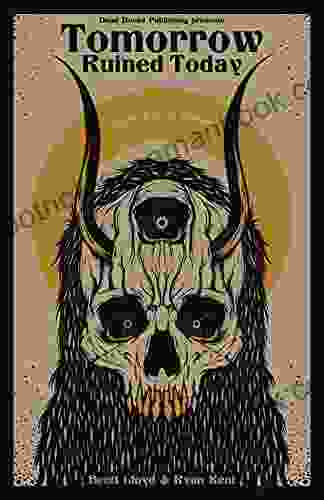
 Preston SimmonsTomorrow Ruined Today Dead Trilogy: An Exploration of Dystopian Nightmares...
Preston SimmonsTomorrow Ruined Today Dead Trilogy: An Exploration of Dystopian Nightmares...
 Robert Louis Stevenson14 Lectures in Stuttgart Aug 20 - Sept 1919 CW 293 & Lectures in Berlin...
Robert Louis Stevenson14 Lectures in Stuttgart Aug 20 - Sept 1919 CW 293 & Lectures in Berlin... Todd TurnerFollow ·8.8k
Todd TurnerFollow ·8.8k Ezekiel CoxFollow ·6.4k
Ezekiel CoxFollow ·6.4k Dwayne MitchellFollow ·7.8k
Dwayne MitchellFollow ·7.8k Ralph Waldo EmersonFollow ·4.1k
Ralph Waldo EmersonFollow ·4.1k Eugene ScottFollow ·19.7k
Eugene ScottFollow ·19.7k Samuel Taylor ColeridgeFollow ·14.6k
Samuel Taylor ColeridgeFollow ·14.6k Camden MitchellFollow ·12k
Camden MitchellFollow ·12k Bo CoxFollow ·12.4k
Bo CoxFollow ·12.4k

 Colin Foster
Colin FosterBlacktop Wasteland: A Novel S A Cosby
In the vast literary landscape of...
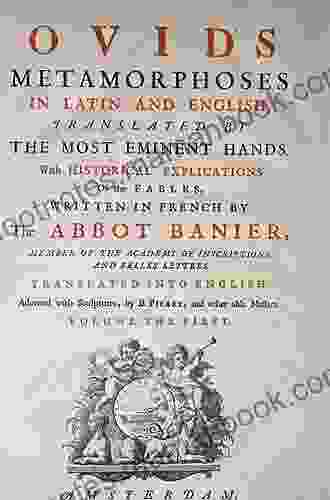
 Curtis Stewart
Curtis StewartOvid's Metamorphoses: An Ancient Epic of Transformation...
Ovid's Metamorphoses is an epic poem...

 Adam Hayes
Adam HayesThe Elements of Piano Playing Op. 30: A Comprehensive...
: Unveiling...
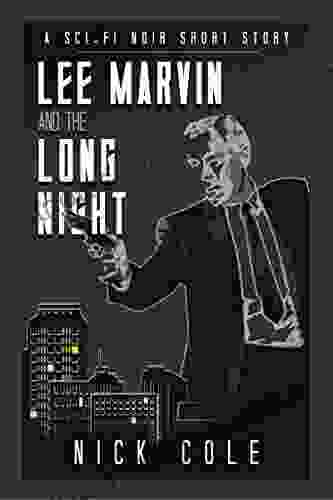
 Patrick Hayes
Patrick HayesLee Marvin and The Long Night: A Tale of Vengeance, Grit,...
In the annals of Western cinema, few...

 Jermaine Powell
Jermaine PowellUnveiling the Alluring World of Romantic Thrillers,...
Prepare to delve into a...
4.4 out of 5
| Language | : | English |
| Text-to-Speech | : | Enabled |
| Enhanced typesetting | : | Enabled |
| Lending | : | Enabled |
| File size | : | 5380 KB |
| Screen Reader | : | Supported |
| Print length | : | 118 pages |


